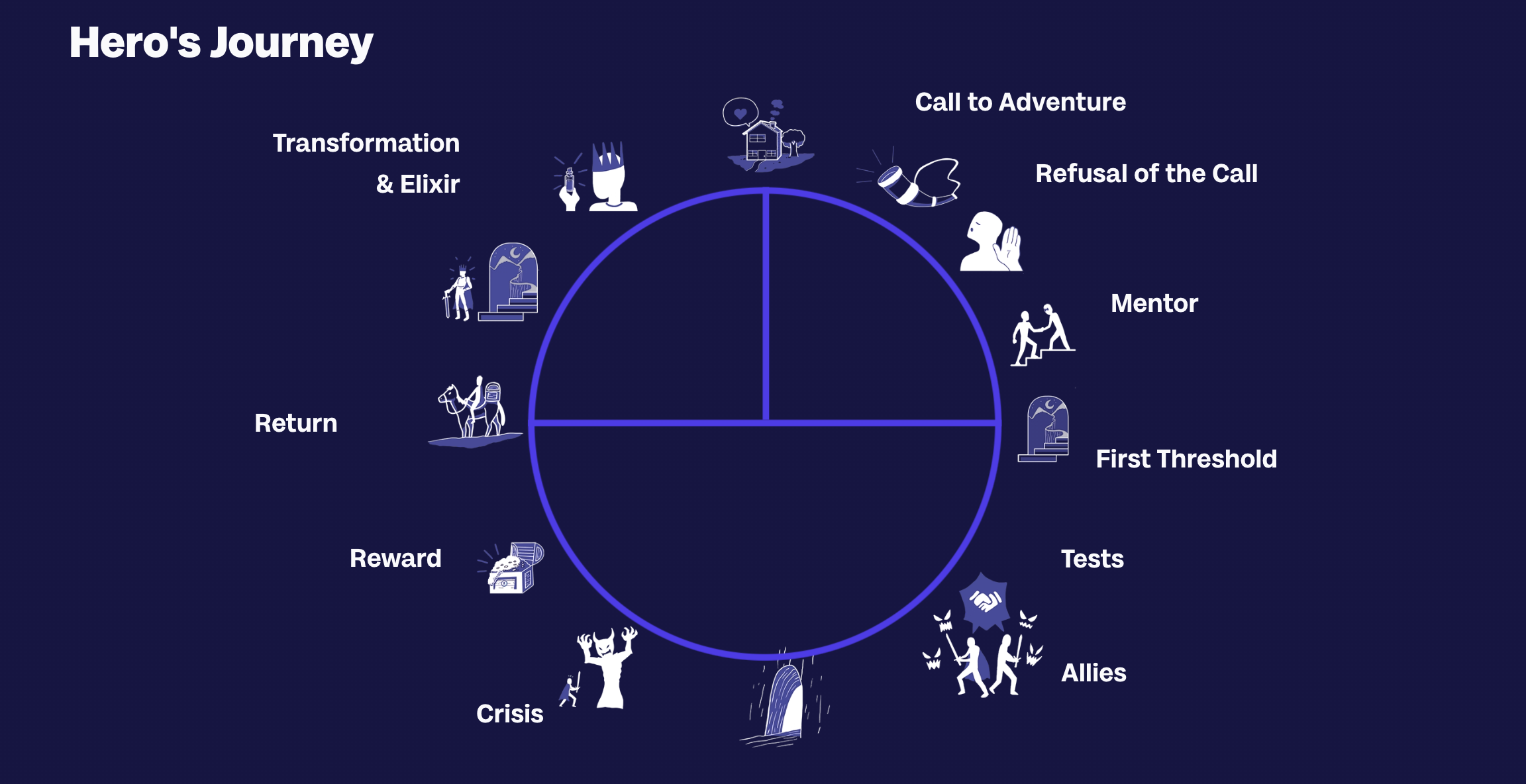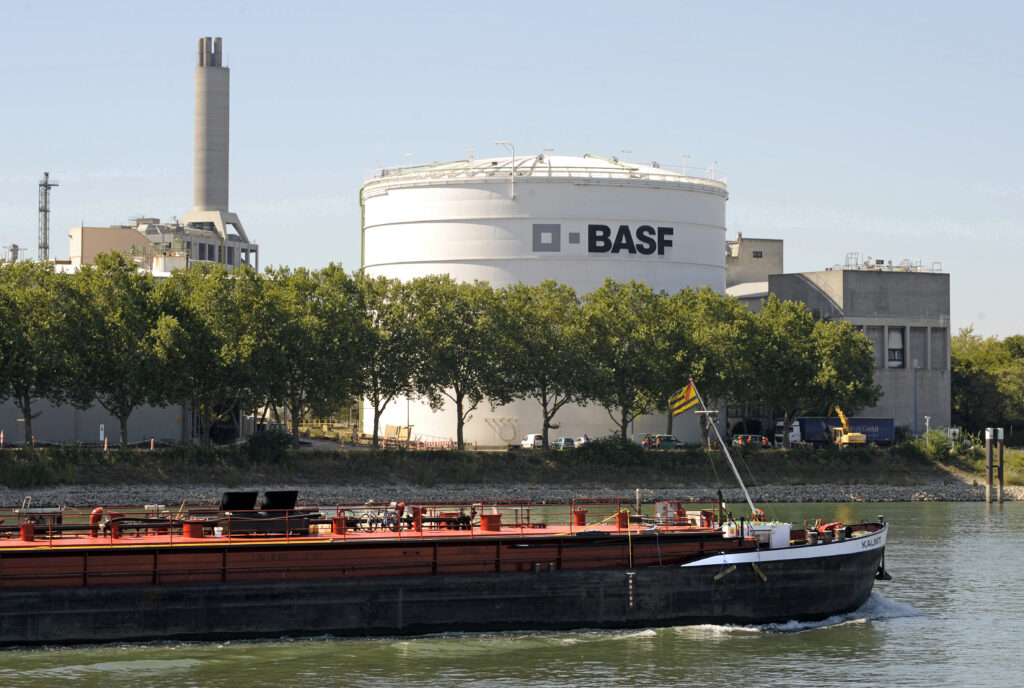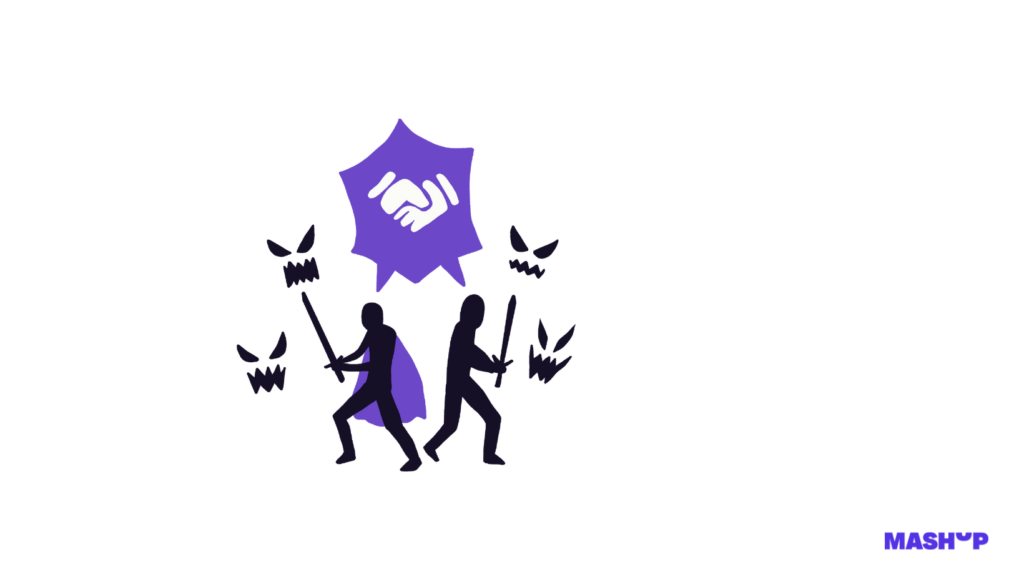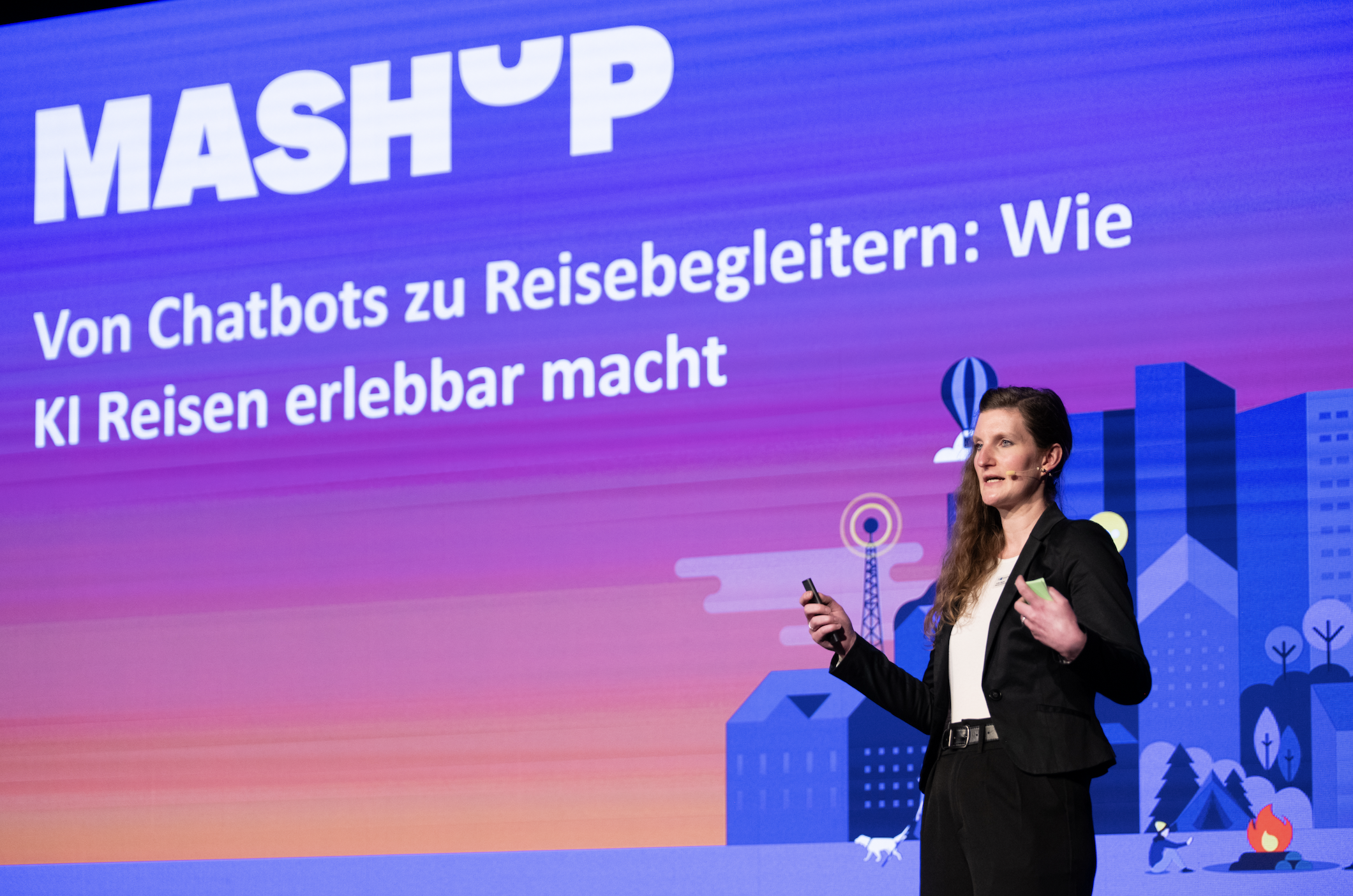The Hero’s Journey of BASF: 160 years of company history with ups and downs
“The success story of BASF in Ludwigshafen am Rhein began in 1865. From here, its products have conquered almost the entire world. Today, BASF is the world’s leading chemical company,” according to the company’s website.
But what were the humble beginnings, what hurdles and crises did the company have to overcome and what allies stood by its side? And above all, what dark chapters are also part of the company’s history? On the occasion of its 160th anniversary, we shed light on BASF’s journey, which has not always been honorable.

The Ordinary World / Call to Adventure
What many people don’t know is that the Badische Anilin & Sodafabrik (BASF for short) was originally founded in Mannheim in 1865. However, because there was no suitable building land available there, the founders built the new plant on the opposite bank of the Rhine in Ludwigshafen in the Palatinate region. Initially, the company produced tar products, then began manufacturing textiles and within a few years had become the world leader in the market for dyes.

The First Threshold
In 1880, BASF began research into the synthetic production of indigo dyes. This was an enormous financial undertaking for the company. In terms of time, it was more of a marathon than a sprint: it took 17 years of research before the necessary process could be adopted for production.

In addition, the company created structures early on that we recognize from our daily working lives today. In parallel with the company’s economic rise, the plant management began to develop a patriarchal social policy in the 19th century. As early as 1866, the chemical company set up its own health care system and promoted training and further education, leisure activities and housing construction. In 1875, a company health insurance fund and recreation homes for the workers and their families followed.
Allies/Tests
However, the management could not rest on its economic laurels alone. Because the competition did not sleep either. In 1903, at the instigation of the Bayer board and the general director of Farbwerke Hoechst, attempts were made to forge a chemical cartel with them and BASF, the company Leopold Cassella and Agfa. Before this alliance came about, however, Hoechst changed its strategy and merged only with Cassella, so that the remaining parties, BASF, Bayer and Agfa, entered into a tripartite alliance in color production.
When World War I broke out in 1914, BASF was integrated into the German armaments industry. The company now produced starting materials for the production of explosives and gunpowder, as well as precursors for the production of poison gas.
After the end of the First World War, the victorious powers dismantled most of BASF’s production plants and confiscated the patents. As a result, the monopoly on many developed dyes was lost. Although BASF quickly resumed production in the early 1920s, it was no longer able to regain its former market leadership. What followed was the first major test for the company.
Nevertheless, in 1919, BASF adopted the first German collective agreement in the chemical industry. This provided for a reduced working week of eight hours a day and the creation of a works council, which was first elected in 1920.

BASF’s economic difficulties continued to mount, due in part to growing competition from abroad, for example from the dominance of the US chemical company DuPont. That is why BASF planned further concrete merger negotiations in 1923 with allies in the chemical industry with which it was already working closely.
On November 14, 1924, they decided to establish I.G. Farben AG. Hoechst AG, the chemical companies Cassella and Kalle & Co AG transferred all their assets to BASF AG in 1925. Bayer, Agfa and other companies followed, whereupon BASF changed its name to I.G. Farbenindustrie AG and moved its headquarters to Frankfurt am Main.
The new company’s capital stock now amounted to 1.1 billion Reichsmarks; about 80,000 employees worked for the resurrected company, which was the largest chemical company of its time. In 1930, the company moved into its new headquarters in Frankfurt, which was considered one of the largest and most modern buildings in Europe until the 1950s.
Approaching the Dragon’s Den / Crisis
But once again, economic success was to be shattered by a change of political direction and the subsequent war. With the National Socialist takeover in 1933, I.G. Farben was gradually transformed into a state-owned and war-oriented conglomerate.

“The decision-makers at I.G. Farben, headed by the then-chairman of the board Carl Bosch, used the economic policy objectives of the new rulers to protect the interests of the group,” it says in the corresponding chapter on the company’s website, which presents the entire history of BASF in chronological order.
With the beginning of the Second World War, the company produced for the war economy and supported the recruitment of forced laborers, foreign workers and the exploitation of concentration camp prisoners. In 1941, the company built a production plant for synthetic rubber for the arms industry in Monowitz, Poland, whose huge labor camp was a sub-complex of Auschwitz.
It was there that the Nazi regime first tested Zyklon B, a hydrocyanic acid compound originally developed for pest control, for the purpose of killing human beings. In the period that followed, the poisonous gas was used in the gas chambers of Auschwitz and other concentration camps for the industrially organized mass murder of several million Jews and other prisoners.
The following statement can be found on the BASF website:
“Historical research today assumes that rumors of the systematic extermination of Jews in gas chambers soon after their initiation reached the I.G. Farben employees on site in Auschwitz. They solidified into certainty, and in isolated cases, I.G. Farben overseers not only openly discussed the gassing, but also used it as a means of applying pressure to concentration camp prisoners to increase their work output.”
And further it says:
“Even if no one from the top management of I.G. Farben is directly confronted with the machinery of death, […] it can be assumed that the senior managers of I.G. Farben are, by and large, informed about what is happening there from mid-1943.”
This was probably also true of Carl Wuster, who had been a member of the board since 1938 and became its first chairman in 1952 after the reestablishment of BASF.
Resurrection & Elixir
Today, BASF has not only chronologically recorded its entire company history, including the period of National Socialism and the war economy, but is still intensively dealing with its inglorious legacy. On the occasion of the 80th anniversary of the liberation of the Auschwitz concentration camp on January 27, 1945, BASF documented eight different fates of former employees, representative of all those who (quote) “suffered immeasurable harm between 1933 and 1945.”
Since 2021, the initiative “Remember. Reflect. Rethink.” has also been anchoring a future-oriented culture of remembrance at BASF. On the one hand, BASF keeps alive the memory of the company’s Nazi history. To this end, the initiative offers full-day seminars for BASF employees, promotes a culture of remembrance through documentation and commemorations, and supports local projects in this area. At the same time, it acknowledges its historical responsibility and actively promotes tolerance, respect and diversity at BASF, in line with the company’s value of “openness”.
“We take our responsibility seriously. With the knowledge of what happened, we want to look ahead: there is no place for any form of exclusion or extremism at BASF.”
Dr. Katja Scharpwinkel, member of the Board of Executive Directors of BASF and Director of the Ludwigshafen Site
Our article sheds light on how other companies deal with the dark chapters of their history: The anti-hero’s journey as a new chapter in the company’s history.
After the war, the Allies seized all of the company’s assets and split I.G. Farben into 11 individual companies. However, production in Ludwigshafen was resumed as early as May 1945 under American control, and in January 1952, Badische Anilin- & Soda-Fabrik Aktiengesellschaft was reestablished as a manufacturer of plastics. In the 1950s and 1960s, BASF systematically built production plants abroad and by 1965 already had 56,000 employees. In addition, the administrative headquarters moved back to the original site in the Palatinate region to the first high-rise building, which was built especially for the company and was the tallest building in Germany at the time.
In addition, BASF began to develop its own pharmaceutical division. Previously, the company had only been a supplier of precursors for the pharmaceutical industry. Since then, BASF has made many acquisitions and investments in order to become active in other business areas. The BASF Group now includes more than 400 companies. Since 2019, BASF has been divided into six segments with a total of twelve divisions. In addition to chemicals and plastics, these include performance products, functional solutions, crop protection and nutrition, and oil and gas.

As an employer, BASF also stands for a cosmopolitan, diverse and sustainable company.
“At BASF, we value the diversity of people, opinions, experiences and abilities. It is an important prerequisite for our long-term success. That is why we promote an inclusive work environment in which our teams treat each other with respect, trust and appreciation – regardless of gender, age, ethnic origin or other characteristics.”
Markus Kamieth, Chairman of the Board of Executive Directors of BASF SE
Speaking of employer brands: In our latest storytelling report, we analyzed the career pages of Germany’s largest chemical companies and examined the extent to which storytelling is used as a strategic element. In our survey, BASF came in third in our employer branding ranking. BASF scored particularly well in our categories of vision, story and visuality – and thus conveys a coherent overall picture that emphasizes both development and cohesion.

You can find more information on the valuation of BASF and the other companies analyzed, along with helpful tips for strong employer branding in the chemical industry, in our Storytelling Chemical Industry Report 2025.
Share this article









